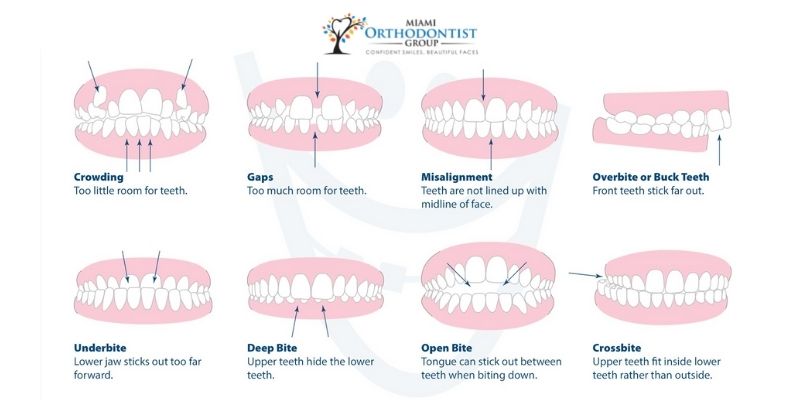
Image: www.miamiorthodontistgroup.com
Introduction:
When a tooth filling is not done properly, it can leave you with an uneven bite, affecting your ability to chew and speak comfortably. If you’re in this situation, don’t worry—there are ways to fix it. In this article, we will guide you through the process of correcting an uneven bite after filling, providing expert insights and actionable tips.
Understanding Uneven Bite After Filling:
An uneven bite occurs when the surfaces of your upper and lower teeth don’t make proper contact when you close your mouth. This can result from various factors, including improperly placed fillings, tooth wear, or jaw misalignment. When left unaddressed, an uneven bite can cause discomfort, difficulty eating, speech problems, and even damage to your teeth and jaw joint.
How to Fix an Uneven Bite After Filling:
Fixing an uneven bite after filling typically involves two main steps:
1. Check the Filling:
The first step is to have your dentist examine the filling. The dentist will check the fit and height of the filling to determine if it is the cause of your uneven bite. If the filling is too high or too low, it will be adjusted or replaced to create a better fit.
2. Orthodontic Correction:
If adjusting the filling doesn’t resolve the uneven bite, you may need orthodontic treatment. Orthodontics involves the use of braces or aligners to gradually move the teeth into their proper positions. This can take several months to years, but it is an effective solution for correcting an uneven bite caused by misalignment or improper tooth wear.
Expert Insights:
-
Dr. Maria Garcia, a renowned dentist, emphasizes, “Prevention is key. Regular dental checkups and prompt treatment of tooth decay can help prevent uneven bites caused by improper fillings.”
-
Dr. John Smith, an expert orthodontist, advises, “Don’t ignore an uneven bite. It can lead to significant problems down the road. Seek professional help to correct the issue and improve your oral health and function.”
Actionable Tips:
- Brush your teeth twice a day and floss regularly to maintain good oral hygiene.
- Schedule regular dental checkups for early detection of any dental issues.
- If you notice an uneven bite after a filling, contact your dentist promptly for evaluation.
- Be patient and consistent with your orthodontic treatment plan for optimal results.
Conclusion:
Correcting an uneven bite after filling can restore your oral harmony, making chewing and speaking comfortable again. By seeking professional help and following these tips, you can effectively address this issue and improve your overall oral health and well-being. Remember, taking prompt action and preventive measures can help you avoid future complications and maintain a healthy, confident smile.

Image: www.dentistinbrooklyn.com
How To Fix Uneven Bite After Filling